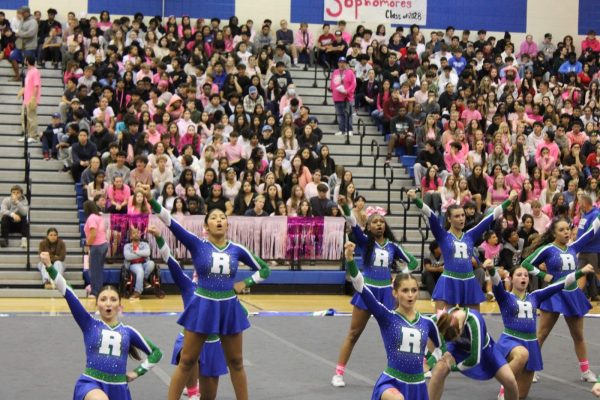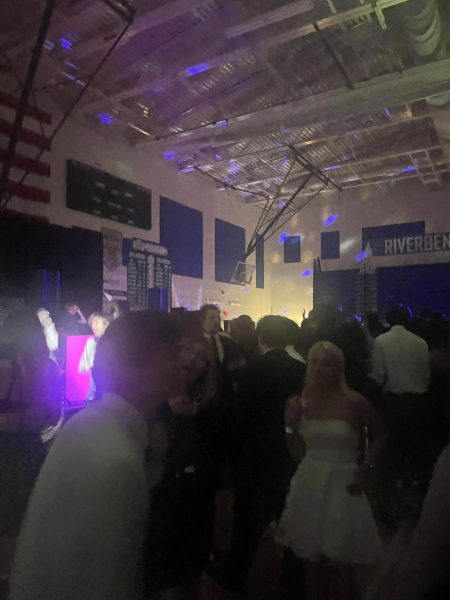Black Friday
Black Friday, the day after Thanksgiving, officially starts the Christmas season for customers wanting to buy presents at very good deals; Cyber Monday also gets wrapped into this category. The difference is: Black Friday is in stores, and Cyber Monday is online. Thanksgiving is mainly an American Holiday, however, Black Friday is celebrated in different places around the world.
In 1966, the police department of Philadelphia gave the name to the Friday following Thanksgiving due to the chaos and violence in stores. More than twenty years later, a popular explanation for the name of Black Friday was in the time of year when profits turned from being “in the red,” losing money, to being “in the black,” making money. On some occasions Black Friday can result in robbery, fights, and even police shootings. In 2013, a Twitter hashtag #WalmartFights started due to the violence and has trended every year since.
Out of 160 students surveyed 46.9% go to stores for Black Friday and 49.4% go shopping online. This is very close to half of the student body taking advantage of the Black Friday deals. The product students buy the most are clothes with electronics second. Most surprising is when people leave to go shopping, the majority with 42% leave Friday morning and the rest leave between 4:00p.m. and midnight on Thursday.
Many big attractions for Black Friday shopping are superstores such as Walmart, Target, or Sears. A little more than 30% of students shop at superstores on Black Friday. Most of these stores open around 6:00p.m. on Thursday.
An average of 136.2 million people go Black Friday shopping each year spending around $402 dollars per person with an average of $54.95 billion dollars over the Black Friday weekend each year. Due to all these people shopping, stores resort to hiring between 700,000 and 750,000 seasonal workers nationally to tame the crowds



